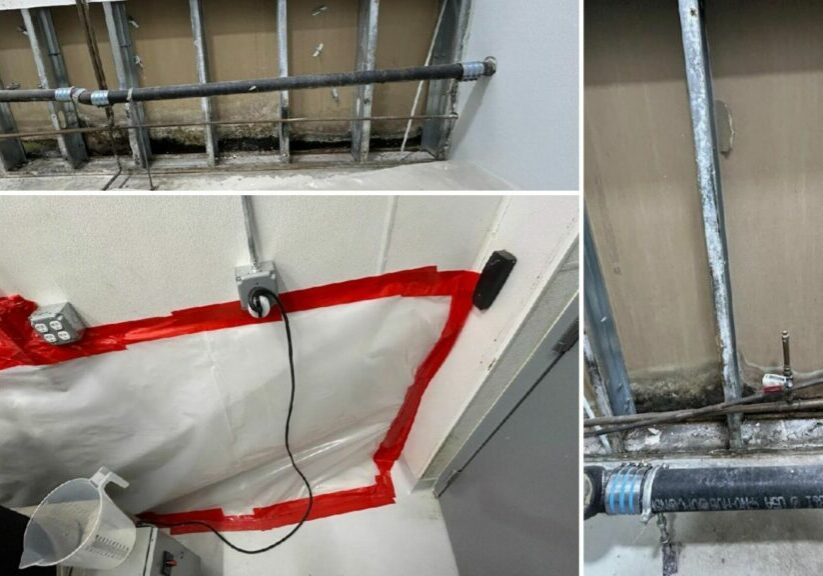Banner Environmental Services recently undertook a critical mold remediation project at a dispensary in New Bedford, MA. This project involved the intricate removal of mold and required the utmost care to avoid contaminating the facility’s sensitive areas, such as the grow room. Mold Remediation Project Overview and Challenges The primary challenge was to conduct the […]
24 HR Emergency: 866-934-2374 | Free Estimate
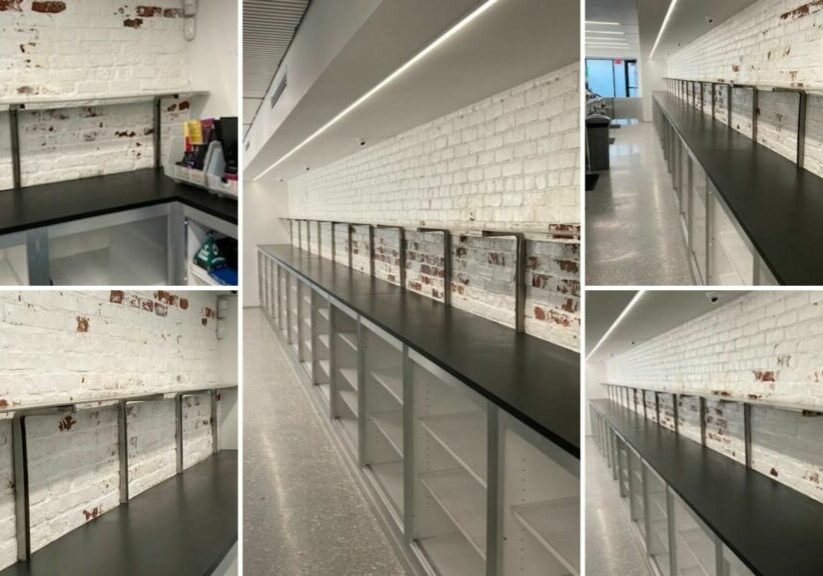
Commercial Mold Remediation in Boston, MA: Restoring Clean and Healthy Spaces
The Mold Challenge at Boylston St, Boston In a recent undertaking on Boylston St., Boston, MA, we embarked on a multifaceted mission underscoring the significance of commercial mold remediation. At Banner Environmental, we believe that clean and healthy spaces are of utmost importance, be it in your home or business. This project involved cleaning and […]
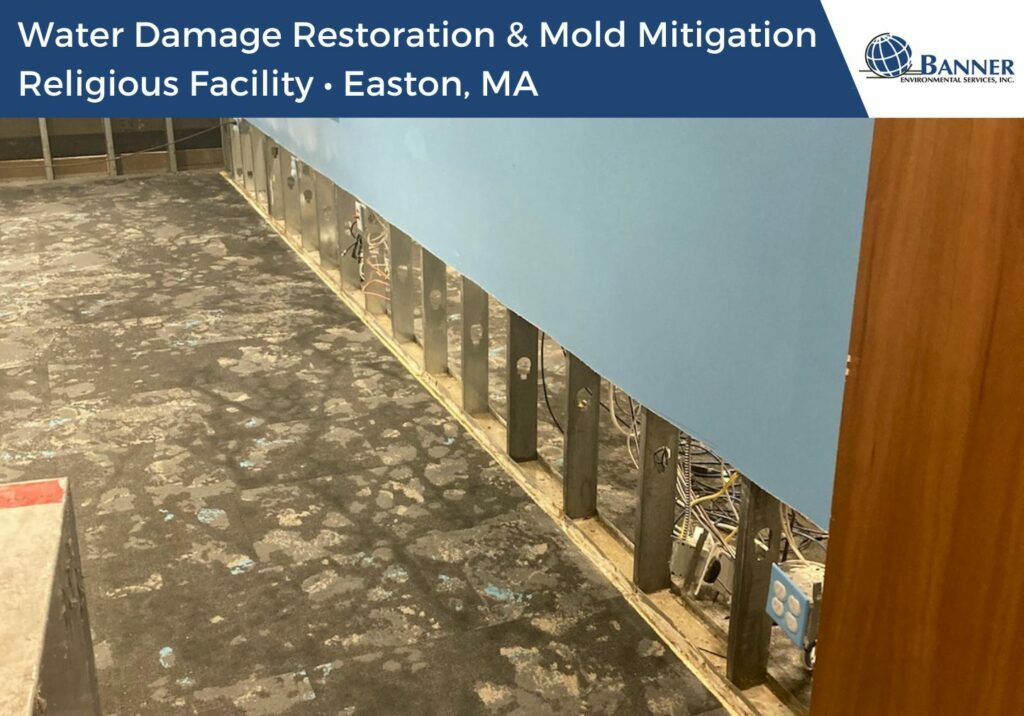
Water Damage Restoration & Mold Mitigation • Religious Facility in Easton, MA
Water Damage Restoration Project for a Religious Facility in Easton, MA Banner Environmental Services was recently called upon to provide water extraction, drying, and restoration services for a religious facility in Easton, MA. The client had suffered from significant water damage throughout their building, including several inches of standing water in multiple rooms and areas. […]
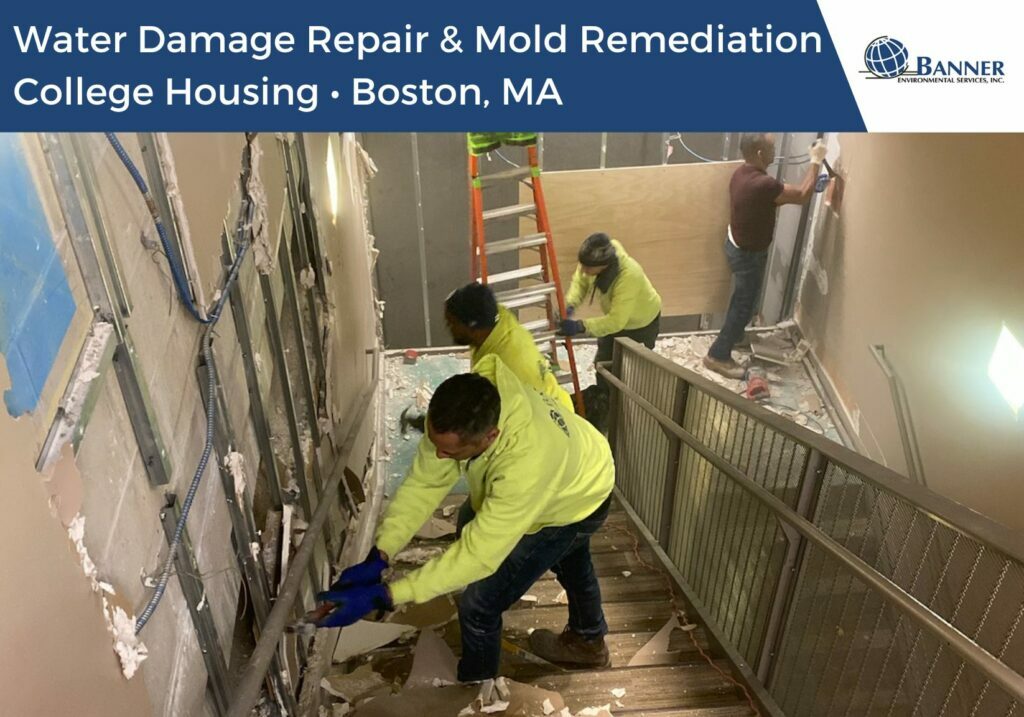
Water Damage Repair & Mold Remediation • College Housing Unit in Boston, MA
Mold Problem for a College Housing Unit in Boston, MA Mold is a common problem that arises from water damage. When moisture levels are high, mold spores can grow and spread quickly, resulting in a range of health problems for the occupants of the affected building. In this case, a college housing unit in Boston, […]
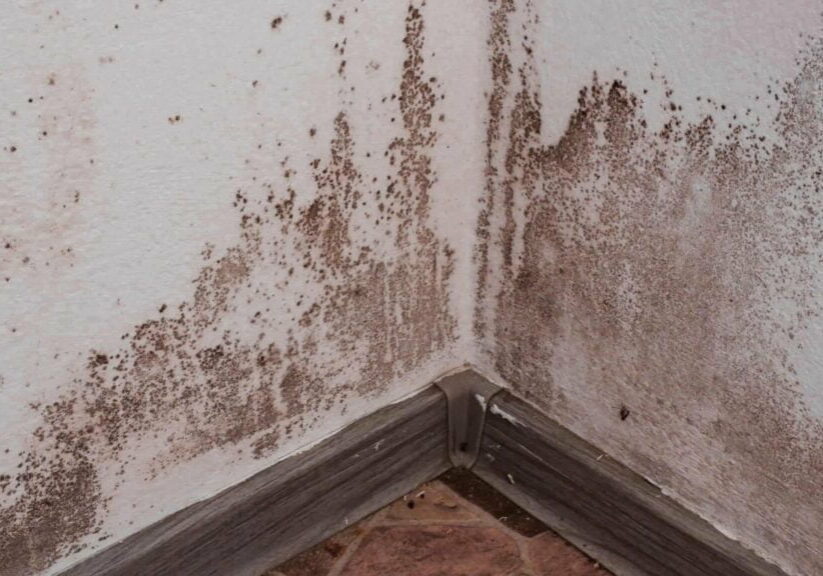
What You Need to Know Before Basement Mold Remediation: Dangers, Treatments, and Costs
Did you know that mold can cause sneezing, asthma attacks, eye irritation, and rashes? One of the most common areas of the house for mold to grow is the basement. Basements are prone to leaky foundations, leaks from appliances, and having high humidity levels. Have you noticed black mold on basement walls? Do you think […]

3 Ways to be More Environmentally Proactive
As we can all agree, weather as we know is continually changing. This continual evolution of weather could easily be described as destabilized, and it is impacting our environment. Here at Banner Environmental we believe that being environmentally proactive is important to being a good neighbor in a community. One of the key statements to […]
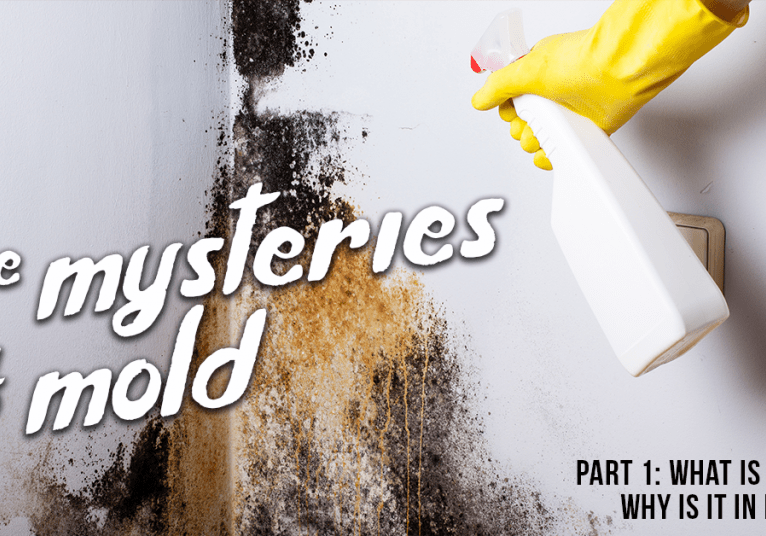
The Mysteries of Mold: Part 1
There are elements of our natural world that are sweet and pleasant, while others tend to be more detrimental. With the negative health effects… mold happens to fall closer to the later. Molds are part of the natural environment in which we live. Outdoors, mold plays an active role to break down and decompose dead, […]
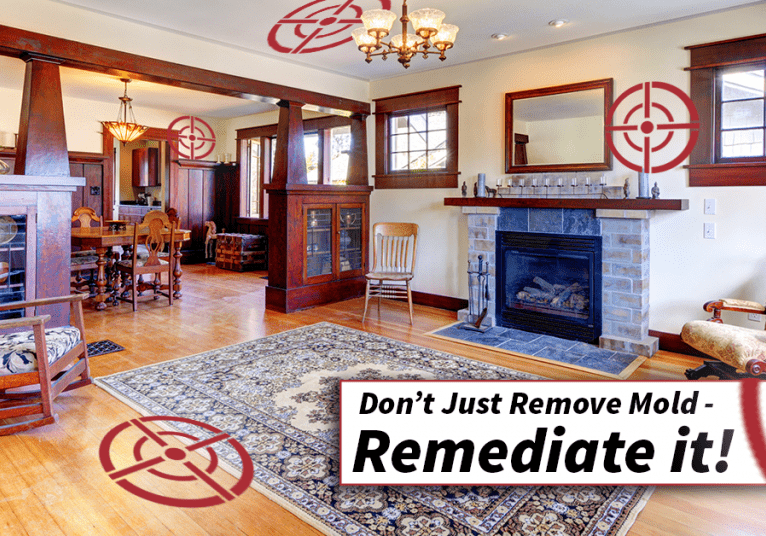
Don’t Just Remove Mold, Remediate it!
Just because you can’t always see mold – doesn’t mean it is not there. Mold can grow outdoors, indoors, and virtually on any surface where moisture is prevalent. That means it’s capable of being hidden inside walls, pipes, wallpaper, on or underneath carpets, and more. If there is any speculation of mold’s presence, determining if […]

